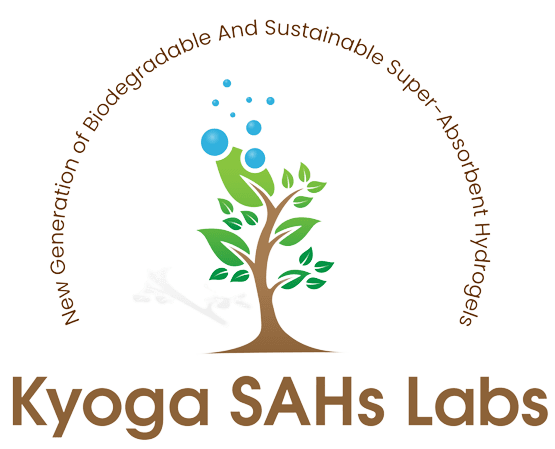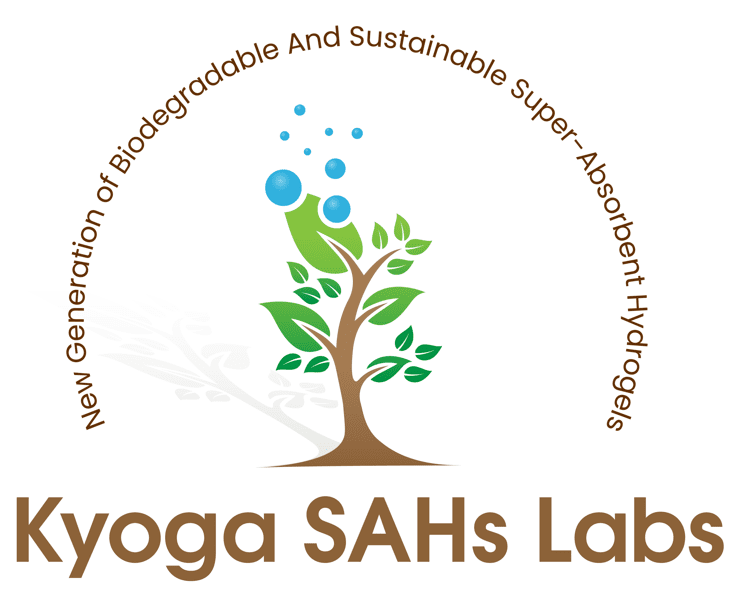The Growing Global Superabsorbent Polymer Market:
Trends, Opportunities, and Sustainability
The global superabsorbent polymer (SAP) market is expanding rapidly, driven by increasing demand across a variety of sectors, including agriculture, construction, personal hygiene, and packaging. As the world looks for more sustainable solutions to growing environmental challenges, the SAP market is expected to see significant growth, particularly with the advent of bio-based polymers.
Global Superabsorbent Polymer Market Outlook
By 2026, the global SAP market is projected to grow to CAD 16.68 billion, with a compound annual growth rate (CAGR) of 5.9%. However, this market will accelerate even further, reaching an impressive CAD 25.39 billion by 2030, with a CAGR of 7.5%. This steady growth is also mirrored in terms of volume, with the market expected to hit 3.2 million metric tons by 2027, growing at a CAGR of 4.3%.
The agricultural sector, in particular, is seeing rapid adoption of SAPs. By 2025, the superabsorbent polymer market for agriculture is expected to reach CAD 611.09 million, expanding at a CAGR of 7.1%. SAPs have proven beneficial for farmers, helping to reduce water consumption, labor costs, and improving soil conditions—especially in drought-prone areas.
Leading Products and Applications
Sodium Polyacrylate remains the top SAP product, accounting for 64% of the market in 2021. Its ability to absorb up to 800 times its weight makes it a highly sought-after material, particularly in personal hygiene products. After personal hygiene, agriculture is the second-largest application for SAPs.
The North American market plays a significant role in the global SAP landscape, with the region accounting for 25% of the market share. The USA alone had SAP sales of 630.6 thousand metric tons in 2020, and sales across North America are expected to continue rising at a CAGR of 4% until 2031.
Sustainable Solutions and Bio-based Polymers
One of the major challenges facing the SAP market is the non-biodegradable nature of conventional polymers, which contribute significantly to global landfill waste. As a result, investments in the development of bio-based superabsorbent polymers are creating new growth avenues. These polymers, derived from renewable materials, offer an eco-friendly alternative to conventional petrochemical-based polymers like sodium polyacrylate and potassium polyacrylate.
Canada is one of the top five countries driving SAP demand, and government initiatives aimed at promoting sustainability are helping fuel this growth. With a CAD 185 million investment over the next decade, Canada is focusing on sustainable farming practices to address climate change. This includes support for innovations like SAPs that help conserve water and improve soil health.
SAP Applications in Agriculture
SAPs are increasingly being used in agriculture for their water-retaining properties. These polymers can reduce water consumption, minimize irrigation frequency, and act as soil conditioners. This is especially beneficial in drought-prone regions, where SAPs help maintain soil moisture and support plant growth. Beyond agriculture, SAPs are also used extensively in horticulture, gardening, forestry, and even on golf courses to improve soil quality and water retention.
The Future of SAPs: Opportunities and Innovation
The emergence of bio-based SAPs represents a key growth opportunity for manufacturers. As consumers become more environmentally conscious and industries shift towards sustainable materials, the demand for bio-based SAPs is expected to skyrocket. These polymers are not only environmentally friendly but also offer greater efficiency in water retention, fertilizer delivery, and soil improvement, making them ideal for a variety of industries.
The pharmaceutical, medical, and healthcare sectors are also exploring the use of SAPs for innovative applications, which will further drive market expansion.
With rising global demand, increasing applications across diverse sectors, and the advent of sustainable innovations, the superabsorbent polymer market is on the cusp of transformative growth. As we continue to face challenges like water scarcity and the need for more sustainable agriculture practices, SAPs will play a crucial role in shaping the future.
#SuperabsorbentPolymers #SustainableFarming #WaterConservation #AgTech #BioBasedPolymers #EnvironmentalInnovation #SAPMarketGrowth

